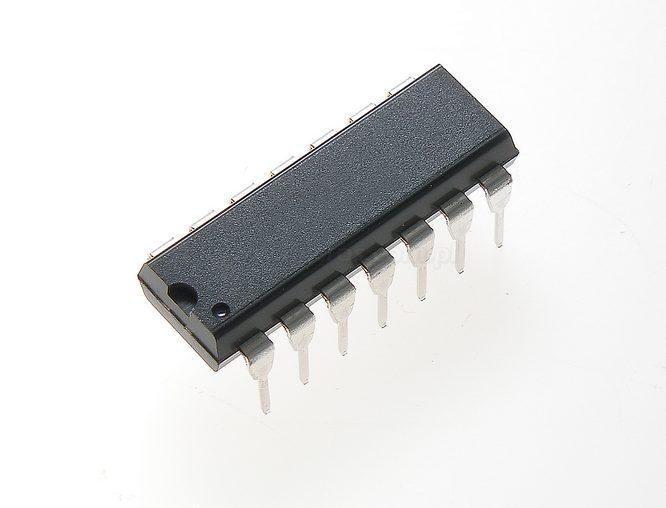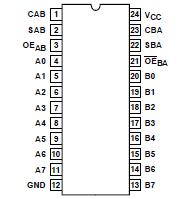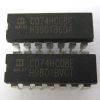CD74HC652: Features: • CD74HC652, CD74HCT652 . . . . . . . . . . . Non-Inverting• Independent Registers for A and B Buses• Three-State Outputs• Drives 15 LSTTL Loads• Typical Prop...
floor Price/Ceiling Price
- Part Number:
- CD74HC652
- Supply Ability:
- 5000
Price Break
- Qty
- 1~5000
- Unit Price
- Negotiable
- Processing time
- 15 Days
SeekIC Buyer Protection PLUS - newly updated for 2013!
- Escrow Protection.
- Guaranteed refunds.
- Secure payments.
- Learn more >>
Month Sales
268 Transactions
Payment Methods
All payment methods are secure and covered by SeekIC Buyer Protection PLUS.

 CD74HC652 Data Sheet
CD74HC652 Data Sheet








